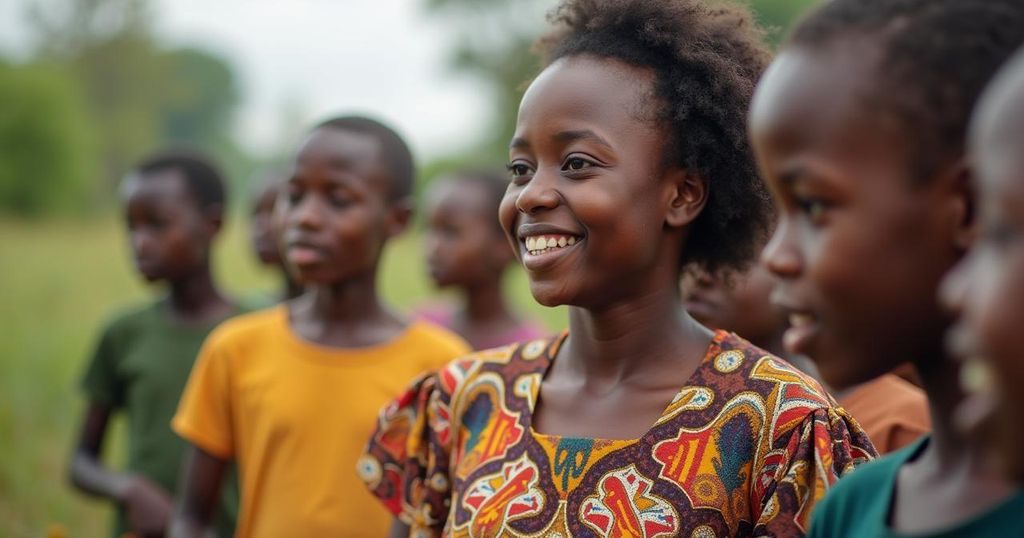The Central African Republic faces increasing vulnerability to climate change, with projections indicating a 12% to 19% rise in rainfall by the end of the century. This may result in more intense flooding and drought conditions, posing substantial risks to the already vulnerable population and infrastructure.
The Central African Republic (CAR) is increasingly vulnerable to climate change impacts due to a confluence of political instability, geographic challenges, and insecurity experienced over the past decade. This report indicates that while precipitation patterns across the country display considerable variability, projections forecast a significant increase in mean annual rainfall by the century’s end, characterized by more frequent and intense rainfall events. Specifically, analyses predict a rise in rainfall by approximately 12% to 19%, accompanied by a corresponding escalation in heavy rain intensity, likely resulting in more frequent flooding occurrences. Furthermore, climate change is expected to exacerbate the intensity and frequency of both floods and droughts, thereby placing greater strain on the population and infrastructure of the nation, which are already deemed vulnerable. It is imperative that stakeholders consider these findings to plan effective responses that address the multifaceted challenges posed by climate change in CAR.
The Central African Republic has faced ongoing political turmoil and insecurity, which have compounded its susceptibility to climate-related challenges. Geographic factors such as its diverse topography and climatic conditions further complicate the situation, leading to significant disparities in rainfall distribution and impacts on local communities. Understanding the interaction between climate change, education, and gender within this context is crucial for developing strategies that enhance resilience and adaptability in the face of climate challenges.
In conclusion, the Central African Republic is at a critical juncture where the convergence of climate change and existing vulnerabilities necessitates immediate and coordinated action. The anticipated increases in rainfall and the heightened risks of flooding and drought underscore the urgent need for comprehensive strategies to bolster resilience and safeguard the livelihoods of the populace. Stakeholders are urged to heed these projections to mitigate adverse effects and foster sustainable development within the region.
Original Source: reliefweb.int






